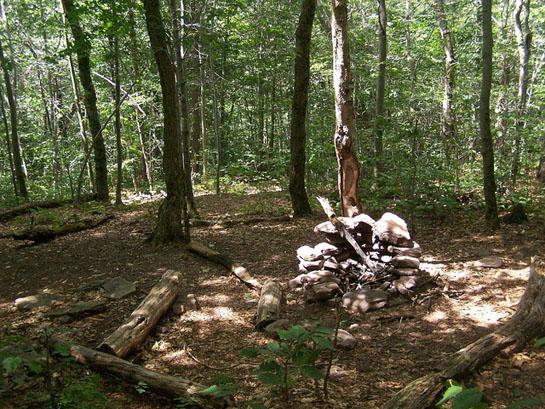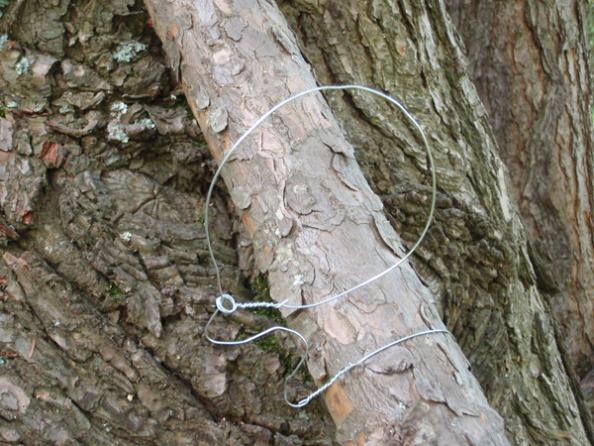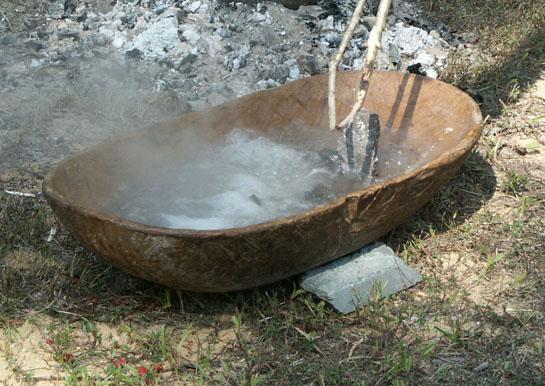There are always dangers and benefits to look for when selecting a base camp or survival camp location. I always encourage everyone to look up, look around and look down when surveying a potential site. The following guidelines can help you determine a good place to build. But remember that there is no perfect campsite, so don’t spend precious hours wandering around.
Look Up for Things That Could Fall Down and Cause Harm
Avoid places where rocks, leaning trees or large dead limbs could fall on your camp. Also watch out for hornet nests and other pests that may be right in the branches above you. If you are in an evergreen forest, plan a campfire spot that isn’t under a bunch of dead, dry evergreen boughs. Your campfire could light these up and seriously escalate your survival emergency.
Look Around for Hazards and Weather Protection
You should always look for structure that can protect your camp from the weather. Don’t set up shop out in an open field where all the weather hits the camp. Also, don’t be on a mountain top. The storms can scrape you off the mountain like a bug flying off a car windshield.
But you don’t want to get smothered either. Don’t build your camp deep in a forest or jungle where it takes a long time to dry out and the air flow is poor. Try to find a place in between, like the east side or south side of a forest or a geographical feature like a hill or ridge. In looking around, we are also checking for hazards. Again, look for bees and other pests. While camping once, a friend and I set up at a great campsite choice after dark, or so we thought. In the morning, we noticed that the large tree on the edge of the campsite was heavily damaged. On closer inspection, these were the claw marks of a bear! We had camped at one of the bear’s marking posts, to which they often return. Look around before you set up camp.
Look Down for Pests, Bad Drainage and Other Problems
Here, we are checking for the greatest number of things. Scrape the ground clear of leaves and whatnot. Look at the dirt across your entire shelter spot and check the surrounding camp also. You are looking for ant activity, which is very annoying under your tent or inside a survival shelter.
In the Eastern Woodlands, we are looking for ½-inch diameter holes with a few yellow and black striped bees flying around. There will be hundreds or even thousands of bees or yellow jackets in an underground hive with. Also look for one-inch diameter holes, which could be full of rodents, or the things that eat rodents — can you say rattlesnake in my bed? Watch for other problems like poison ivy, larger animal burrows, sharp roots sticking up that would stab you in your sleep, etc.
Good drainage is also a requisite. Do not choose an area where water can puddle under the shelter or form a stream under the shelter. Keep your camp at least 100 feet from any body of water. This prevents pollution and keeps you away from the dampness around the water. It also helps avoid insects that live around water like mosquitoes, gnats and other pests.
Leave a comment to tell us about the best or worst campsite location you ever picked.
Photo by: andyarthur on Flickr











